What fertilizers should be applied to the holes when planting cucumbers?
Growing a decent crop of crispy greens is not easy. The starting charge of nutrients is very important. When planting cucumbers, you can put usual fertilizers or something from the arsenal of folk experience into the hole.
What does charging a hole with fertilizers give?
Cucumbers are considered a plant with a short growing season. In order for them to form a powerful liana with strong foliage, a large number of female flowers and fruits, in the conditions of a short summer, they need a fertile soil saturated with a full set of macro- and microelements.
Well and properly fertilized soil also speeds up the process of adaptation of seedlings in a new place, it does not sit long, it quickly continues its development.
Finally, warm weather encourages rapid root growth. The supply of nutrients in a timely manner provides the borage with everything necessary for the formation of beautiful tasty cucumbers.
What minerals are applied before planting?
The main concerns for increasing the fertility of the soil for planting cucumbers fall on the fall: mineral and organic fertilizers take time to fully absorb into the soil.
For a good start, cucumbers are placed in the holes:
- Granular superphosphate characterized by slow movement along the ground. Its close proximity to the roots of the seedlings will fully cover the need for the element. For one well, a tablespoon of simple or a teaspoon of double superphosphate is enough.
- Urea, which will provide plants with the amount of nitrogen necessary for growth.
- Potassium is the main element responsible for the quality of the fruit. Potassium nitrate is added to the wells, simultaneously giving nitrogen, sulphate or molybdenum potassium.
Often, instead of laying fertilizers in the pits, summer residents prefer to add them in liquid form by preparing a solution:
- potassium sulfate - 15 g;
- ammonium nitrate - 10 g;
- simple superphosphate - 10 g;
- water - 10 liters.
Pour half a liter of solution into each well.
The use of complex fertilizers simplifies the work, for example:
- diammophoska is made at the rate of 15 k / m2;
- ammofosku - 30 g / m2.
Home fertilizers
This group of dressings is especially popular with summer residents. Raw materials are always at hand, use is completely safe.
- Onion peel
The leader in popularity and versatility is not only a wonderful top dressing for all crops, but also a good remedy for preventing diseases, repels a number of insect pests. In the cucumber wells, they put a handful of peels, previously soaked for a couple of hours in lukewarm water.
- A fish
The waste left over from fish processing is a little appetizing product, but it perfectly provides the planted seedlings with phosphorus, calcium and potassium. An additional bonus of fish giblets - when decomposing, they heat up the soil, give carbon dioxide, which is also important for cucumber lianas.
- Nettle
Finely chopped fresh or steamed with boiling water grass is mixed with a small amount of soil, put on the bottom of the hole. Such a pillow improves the structure of the soil, feeds the seedlings with nitrogen, and heats the garden bed. One hole takes about a glass of greens.
- Ash
Wood ash is a source of valuable minerals, while disinfecting the soil. When planting cucumber seedlings, 2 tablespoons of the substance mixed with soil or sand are placed in the hole.
Moistening home fertilizers with a solution of "Fitosporin" before placing them in the planting holes provides additional protection against fungal infections.
- Potato peelings
Rich in potassium, starch, vitamins, they also protect the beds from wireworms.Like onion skins, they are harvested during the winter and dried. For planting seedlings, they are crushed, brewed with boiling water. Put a glass of cooled "puree" in each hole.
What else can you put in the hole?
On various forums and in social networks, summer residents share their secrets of preparing planting holes for cucumber seedlings:
Ammophoska (1 tbsp) or bone meal (1 tbsp), eggshell crushed to powder (1 tbsp) are poured into the hole.
They dig a hole 60-70 cm deep, into which they first lay out a bucket of dead leaves harvested in the fall. Then a layer of soil is poured, 5 liters of humus mixed with a tablespoon of complex mineral fertilizer are added. The leaves will perfectly warm the garden with cucumbers, give the carbon dioxide necessary for the ripening of the fruit.
To insure the borage for the whole summer against diseases of root rot and other fungal infections, when planting cucumbers, add glyocladin (3 tablets per bush).
Cucumbers react equally badly to lack and excess of nutrients in the soil. If there are doubts about how much fertilizer to put in the hole, they are guided by the rule - you can add, but you cannot subtract. Correct dressing of the planting hole guarantees plant health, a good harvest of delicious cucumbers.

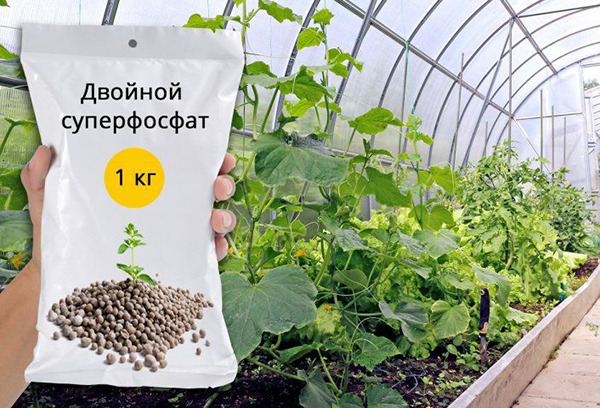

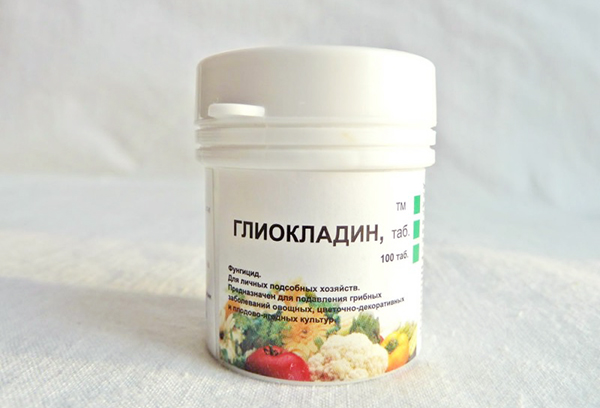

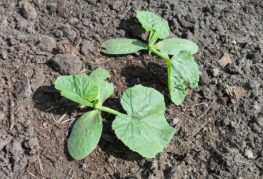
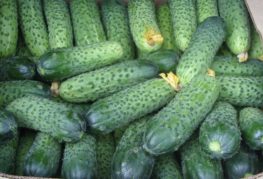

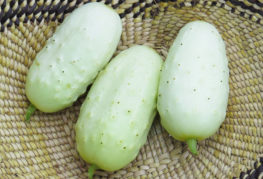

and will be published shortly.